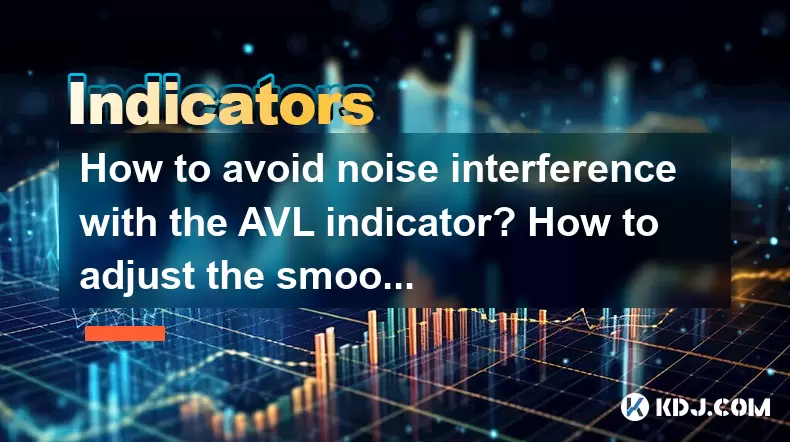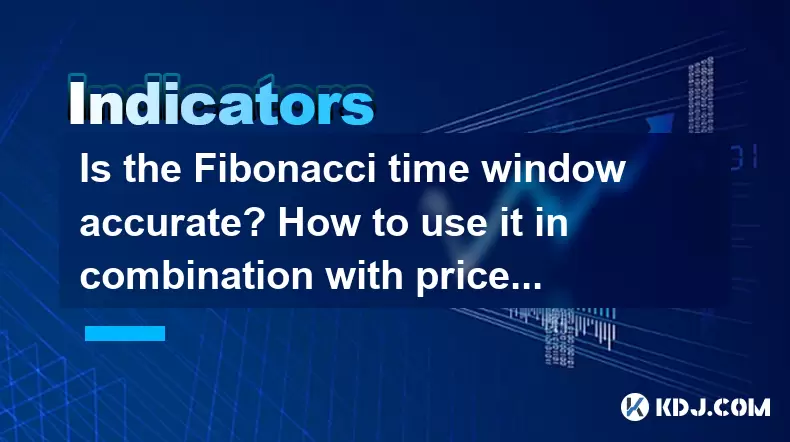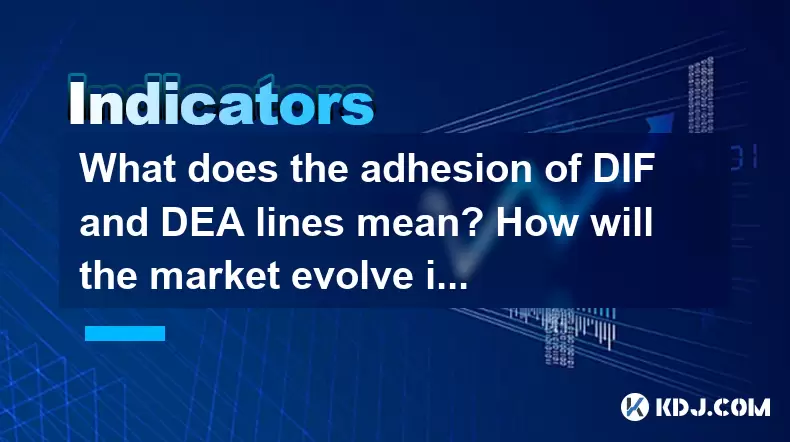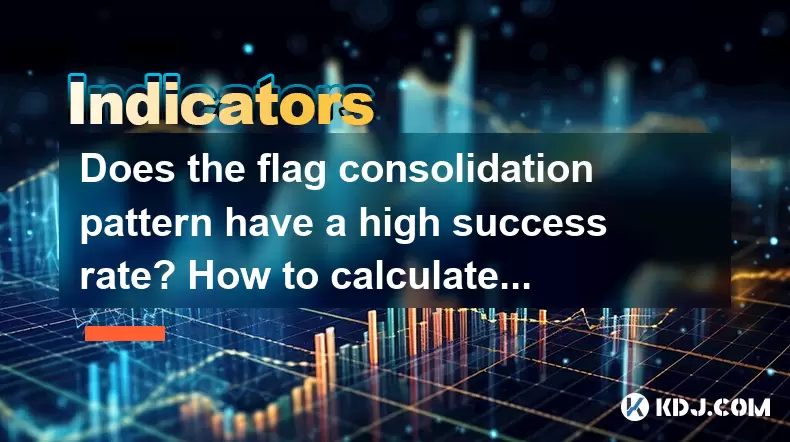-
 Bitcoin
Bitcoin $105,278.9859
4.61% -
 Ethereum
Ethereum $2,414.7741
8.20% -
 Tether USDt
Tether USDt $1.0007
0.05% -
 XRP
XRP $2.1600
7.53% -
 BNB
BNB $639.5433
3.75% -
 Solana
Solana $144.3830
9.37% -
 USDC
USDC $1.0001
0.02% -
 TRON
TRON $0.2742
3.84% -
 Dogecoin
Dogecoin $0.1640
8.57% -
 Cardano
Cardano $0.5811
7.49% -
 Hyperliquid
Hyperliquid $37.2466
5.28% -
 Sui
Sui $2.8243
14.84% -
 Bitcoin Cash
Bitcoin Cash $460.8816
2.22% -
 Chainlink
Chainlink $12.9580
11.75% -
 UNUS SED LEO
UNUS SED LEO $9.1359
1.23% -
 Avalanche
Avalanche $18.2302
10.30% -
 Stellar
Stellar $0.2463
7.80% -
 Toncoin
Toncoin $2.9151
7.18% -
 Shiba Inu
Shiba Inu $0.0...01163
9.79% -
 Hedera
Hedera $0.1532
14.01% -
 Litecoin
Litecoin $85.3310
6.29% -
 Monero
Monero $308.8215
2.90% -
 Ethena USDe
Ethena USDe $1.0007
0.03% -
 Polkadot
Polkadot $3.4259
9.42% -
 Dai
Dai $1.0002
0.01% -
 Bitget Token
Bitget Token $4.1742
3.19% -
 Uniswap
Uniswap $6.8272
8.53% -
 Pepe
Pepe $0.0...09939
12.29% -
 Pi
Pi $0.5358
6.03% -
 Aave
Aave $257.3092
12.83%
How to avoid noise interference with the AVL indicator? How to adjust the smoothing parameter?
To minimize noise interference with the AVL indicator, increase the time frame, use additional indicators, and focus on significant volume changes. Adjust the smoothing parameter for better accuracy.
May 24, 2025 at 04:36 pm

The Average Volume Line (AVL) indicator is a popular tool used by cryptocurrency traders to gauge the strength of market trends based on trading volume. However, one of the challenges traders face is noise interference which can lead to misinterpretation of market signals. In this article, we will explore how to avoid noise interference with the AVL indicator and how to adjust the smoothing parameter to enhance the accuracy of your trading decisions.
Understanding Noise Interference in the AVL Indicator
Noise interference in the context of the AVL indicator refers to short-term fluctuations in trading volume that do not necessarily reflect the broader market trend. These fluctuations can create false signals that may lead traders to make incorrect decisions. To minimize noise interference, it is essential to understand the sources of this noise and implement strategies to filter it out.
Strategies to Avoid Noise Interference
There are several strategies traders can employ to avoid noise interference with the AVL indicator:
Increase the Time Frame: One effective way to reduce noise is to analyze the AVL indicator on a longer time frame. Shorter time frames tend to have more noise, so switching to a daily or weekly chart can help smooth out the fluctuations.
Use Additional Indicators: Combining the AVL indicator with other technical indicators such as moving averages or the Relative Strength Index (RSI) can help confirm trends and reduce the impact of noise.
Focus on Significant Volume Changes: Pay attention to significant changes in volume rather than minor fluctuations. A sudden spike or drop in volume is more likely to indicate a genuine market trend.
Adjusting the Smoothing Parameter
The smoothing parameter in the AVL indicator is crucial for filtering out noise and providing a clearer picture of market trends. The parameter determines how much historical data is used to calculate the average volume, and adjusting it can significantly impact the indicator's sensitivity to noise.
Steps to Adjust the Smoothing Parameter
To adjust the smoothing parameter effectively, follow these steps:
Access the Indicator Settings: Open your trading platform and navigate to the settings for the AVL indicator. This is usually found in the list of available indicators or within the chart customization options.
Locate the Smoothing Parameter: Once in the settings, look for the smoothing parameter. It may be labeled as "smoothing," "period," or "length."
Experiment with Different Values: Start with the default value and then experiment with different values. A higher value will result in a more smoothed line, reducing noise but potentially delaying the indicator's response to new trends. A lower value will make the line more responsive but may increase noise.
Monitor the Impact: After adjusting the smoothing parameter, monitor the AVL indicator on your chart to see how it affects the line's smoothness and responsiveness. You may need to try several different values before finding the one that best suits your trading strategy.
Save the Settings: Once you have found an optimal value for the smoothing parameter, save the settings in your trading platform so that the AVL indicator will use this value by default in future analyses.
Practical Example of Adjusting the Smoothing Parameter
Let's consider a practical example of adjusting the smoothing parameter for the AVL indicator on a cryptocurrency chart:
Initial Setup: You start with the default smoothing parameter of 14 periods on a 1-hour chart for Bitcoin.
Observation: You notice that the AVL line is too volatile, showing frequent and sharp fluctuations that do not align with the overall trend.
Adjustment: You decide to increase the smoothing parameter to 28 periods to see if it reduces the noise.
Result: After applying the new smoothing parameter, the AVL line becomes smoother and more aligned with the overall trend, making it easier to identify genuine market movements.
Further Adjustment: If the line becomes too slow to respond to new trends, you might try a value of 20 periods to find a balance between noise reduction and responsiveness.
Combining Smoothing Parameter Adjustment with Other Strategies
To maximize the effectiveness of the AVL indicator, it is beneficial to combine smoothing parameter adjustment with other noise reduction strategies:
Use Longer Time Frames: As mentioned earlier, using longer time frames can help reduce noise. After adjusting the smoothing parameter, switch to a daily chart to see if the AVL line becomes even smoother.
Integrate with Other Indicators: Use the adjusted AVL indicator in conjunction with other technical indicators. For example, if the AVL line suggests a bullish trend and the RSI also indicates overbought conditions, it can reinforce your confidence in the trend.
Regular Review and Adjustment: Market conditions can change, so it's important to regularly review and adjust the smoothing parameter as needed. What works well in one market environment may not be as effective in another.
FAQs
Q1: Can the AVL indicator be used effectively on all cryptocurrencies?
A1: The effectiveness of the AVL indicator can vary depending on the liquidity and trading volume of the cryptocurrency. For highly liquid cryptocurrencies like Bitcoin and Ethereum, the AVL indicator tends to be more reliable. For less liquid cryptocurrencies, the indicator may be more susceptible to noise due to lower trading volumes.
Q2: How often should I adjust the smoothing parameter?
A2: The frequency of adjusting the smoothing parameter depends on your trading strategy and the volatility of the market. For short-term traders, more frequent adjustments may be necessary to adapt to rapid market changes. Long-term traders might adjust the parameter less often, focusing on broader market trends.
Q3: Is it possible to automate the adjustment of the smoothing parameter?
A3: Some advanced trading platforms and custom indicators may allow for automated adjustment of the smoothing parameter based on predefined rules or algorithms. However, manual adjustment is generally preferred as it allows traders to incorporate their market insights and experience.
Q4: How does the AVL indicator compare to other volume-based indicators like the On-Balance Volume (OBV)?
A4: The AVL indicator focuses on the average volume over a specified period, providing a smoothed representation of volume trends. In contrast, the OBV indicator cumulatively adds or subtracts volume based on price movement, making it more sensitive to price changes. Both indicators can be useful, but the AVL is often preferred for its ability to filter out noise and provide a clearer trend signal.
Disclaimer:info@kdj.com
The information provided is not trading advice. kdj.com does not assume any responsibility for any investments made based on the information provided in this article. Cryptocurrencies are highly volatile and it is highly recommended that you invest with caution after thorough research!
If you believe that the content used on this website infringes your copyright, please contact us immediately (info@kdj.com) and we will delete it promptly.
- Rupee Coin Riches: How to Sell Your Way to Financial Freedom
- 2025-06-24 14:25:12
- XRP Ledger, Validators, and Holders: Navigating the Future of Digital Finance
- 2025-06-24 14:25:12
- Bitcoin Bounces Back: Iran-Israel Ceasefire Sparks Crypto Surge
- 2025-06-24 14:45:12
- Arthur Britto's Back: Ripple Co-founder's Return Sparks XRP Buzz
- 2025-06-24 14:45:12
- Sonic S Token Rockets After Coinbase Listing Announcement: Price Momentum Analysis
- 2025-06-24 15:04:15
- SEI Price Pumping: Decoding the Reasons Behind the Surge
- 2025-06-24 15:04:15
Related knowledge

Is the Fibonacci time window accurate? How to use it in combination with price patterns?
Jun 24,2025 at 03:49pm
Understanding the Fibonacci Time Window ConceptThe Fibonacci time window is a technical analysis tool derived from the Fibonacci sequence, commonly used in financial markets, including cryptocurrency trading, to predict potential reversal or continuation points based on time rather than price. Unlike traditional Fibonacci retracement levels that focus o...

Is the large volume limit drop at the bottom a fund accumulation? How to confirm the reversal later?
Jun 24,2025 at 01:42pm
Understanding Large Volume Limit Drops at the BottomA large volume limit drop refers to a situation where the price of a cryptocurrency falls sharply, hitting its lower circuit breaker or minimum daily trading threshold, and is accompanied by unusually high trading volume. When this occurs at what appears to be the bottom of a downtrend, it raises quest...

Will the low cross star reverse? What additional conditions need to be met?
Jun 24,2025 at 02:50pm
Understanding the Low Cross Star PatternThe low cross star is a candlestick pattern often observed in cryptocurrency trading charts. It typically appears during a downtrend and consists of a small-bodied candle with long upper and lower shadows, resembling a cross or a doji. Traders look for this pattern as a potential signal of reversal from a bearish ...

If the rising channel falls below the lower track, it will definitely fall sharply? In what cases is it a false breakthrough?
Jun 24,2025 at 02:28pm
Understanding the Rising Channel PatternA rising channel is a technical analysis pattern formed by two parallel lines that connect a series of higher lows and higher highs. This structure indicates an ongoing upward trend, with the lower boundary acting as support and the upper boundary serving as resistance. Traders often use this formation to anticipa...

What does the adhesion of DIF and DEA lines mean? How will the market evolve in the future?
Jun 24,2025 at 01:36pm
What Is the Adhesion of DIF and DEA Lines?In technical analysis, particularly within the MACD (Moving Average Convergence Divergence) indicator, the DIF and DEA lines are critical components. The DIF line is calculated as the difference between the 12-day and 26-day Exponential Moving Averages (EMAs) of price data. The DEA line, also known as the signal...

Does the flag consolidation pattern have a high success rate? How to calculate the target position after the breakthrough?
Jun 24,2025 at 01:14pm
Understanding the Flag Consolidation Pattern in Cryptocurrency TradingThe flag consolidation pattern is a commonly observed technical analysis structure within the cryptocurrency market. It typically appears as a brief pause or retracement following a strong price movement, either upward or downward. This pattern resembles a flag on a pole when plotted ...

Is the Fibonacci time window accurate? How to use it in combination with price patterns?
Jun 24,2025 at 03:49pm
Understanding the Fibonacci Time Window ConceptThe Fibonacci time window is a technical analysis tool derived from the Fibonacci sequence, commonly used in financial markets, including cryptocurrency trading, to predict potential reversal or continuation points based on time rather than price. Unlike traditional Fibonacci retracement levels that focus o...

Is the large volume limit drop at the bottom a fund accumulation? How to confirm the reversal later?
Jun 24,2025 at 01:42pm
Understanding Large Volume Limit Drops at the BottomA large volume limit drop refers to a situation where the price of a cryptocurrency falls sharply, hitting its lower circuit breaker or minimum daily trading threshold, and is accompanied by unusually high trading volume. When this occurs at what appears to be the bottom of a downtrend, it raises quest...

Will the low cross star reverse? What additional conditions need to be met?
Jun 24,2025 at 02:50pm
Understanding the Low Cross Star PatternThe low cross star is a candlestick pattern often observed in cryptocurrency trading charts. It typically appears during a downtrend and consists of a small-bodied candle with long upper and lower shadows, resembling a cross or a doji. Traders look for this pattern as a potential signal of reversal from a bearish ...

If the rising channel falls below the lower track, it will definitely fall sharply? In what cases is it a false breakthrough?
Jun 24,2025 at 02:28pm
Understanding the Rising Channel PatternA rising channel is a technical analysis pattern formed by two parallel lines that connect a series of higher lows and higher highs. This structure indicates an ongoing upward trend, with the lower boundary acting as support and the upper boundary serving as resistance. Traders often use this formation to anticipa...

What does the adhesion of DIF and DEA lines mean? How will the market evolve in the future?
Jun 24,2025 at 01:36pm
What Is the Adhesion of DIF and DEA Lines?In technical analysis, particularly within the MACD (Moving Average Convergence Divergence) indicator, the DIF and DEA lines are critical components. The DIF line is calculated as the difference between the 12-day and 26-day Exponential Moving Averages (EMAs) of price data. The DEA line, also known as the signal...

Does the flag consolidation pattern have a high success rate? How to calculate the target position after the breakthrough?
Jun 24,2025 at 01:14pm
Understanding the Flag Consolidation Pattern in Cryptocurrency TradingThe flag consolidation pattern is a commonly observed technical analysis structure within the cryptocurrency market. It typically appears as a brief pause or retracement following a strong price movement, either upward or downward. This pattern resembles a flag on a pole when plotted ...
See all articles
























































































